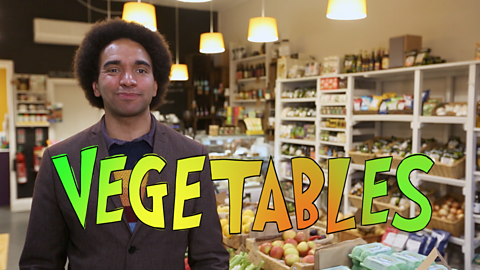Video summary
Poet Joseph Coelho investigates how poetry can be used to express emotions and feelings.
He explores the nuances of emotions and how we identify them in the written form, considering the ways language is used in poetry to affect the reader or engage their attention, for example: expressing emotion through personification in order to help personal developmental expression.
He aims to encourage the use of emotion in children's creative writing by exploring how to incorporate emotional, personal events into your poems.
Teacher Notes
Ideas for use in the class
Before watching:
Talk to the children about different feelings. You might have a range of feeling words available or a range of photographs that represent feelings such as happy, sad, excited, surprised, angry, lonely, afraid. Have a discussion about personal experiences of these feelings, can the children remember a specific time they have felt like this? Where were they? What were they doing? Who were they with?
Now read a poem that presents a certain feeling:
Reading list for Key Stage 1 (ages 5-7):
Lost by Michael Rosen
Reading list for Key Stage 2 (ages 7-9):
Liar by Rachel Rooney, Night Journey by Kate Wakeling, Waiting for Snow by Jennifer Watson, Gingerbread Man by Joseph Coelho
Key Stage 2 (ages 9-11):
What the teacher said when asked: What er we avin for geography, Miss? by John Agard, In the Land of Giants by George Szirtes, The Taste of a Biscuit by AF Harrold, When Granny by Valerie Bloom, Isnβt My Name Magical? by James Berry, Heights by Aoife Mannix
Next steps
Read the poem aloud and take childrenβs initial feedback, how is the person in the poem feeling? How do you know? Have you ever felt like this? Now re-read the poem, and look for words and phrases that exemplify the feeling in the poem.
Mark these in the text and take ideas from the children as to why they think these are effective in sharing the feeling of being lost and alone.
Now watch the clip
Ask the children to look back at the different emotions and to picture a time when they have experienced this emotion. It might help to give time, space and resources for them to be able to draw this moment in time to create a clear image of the moment.
Now encourage the children to overlay the image they have created with a piece of tracing paper upon which to write words and phrases which explore the moment and the emotions evoked. Use these words and phrases to build up a draft of a free verse poem that helps the reader to picture the moment and feel the emotions you were feeling in the moment.
Read these aloud to check for sense, meaning and flow, then present these in a scrap book anthology. Read the poems aloud and see if other children can guess the emotions evoked in the poems.
This short film will be relevant for teaching English at primary school.
How to perform poetry. video
Joseph Coelho explores all the different ways you can perform a poem.
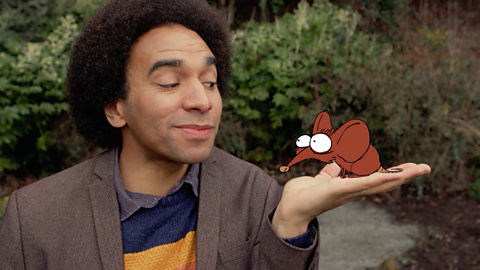
How to have fun writing poetry. video
Joseph Coelho explores onomatopoeia, phonics and all the ways you can have fun writing a poem.
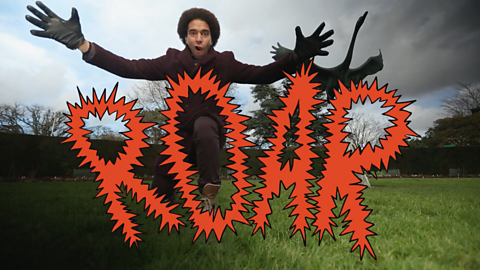
How to write poetry about your life. video
Joe Coelho explains how to write poetry about experience.
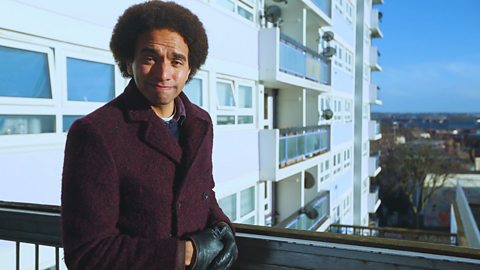
Playing with words. video
Joseph Coelho explores how poetic devices can enable children to develop their literacy skill.

How to understand a poem. video
Joseph Coelho looks at how poems make you feel and what they mean to you.
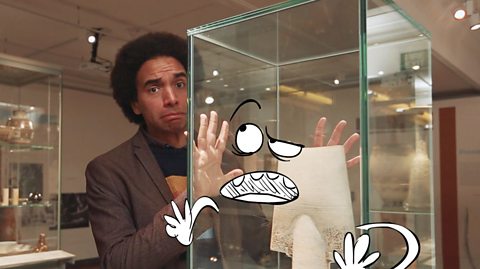
Does poetry need to rhyme? video
Joseph Coelho shows that poetry doesnβt have to rhyme, but when it does, it can be inventive and witty.
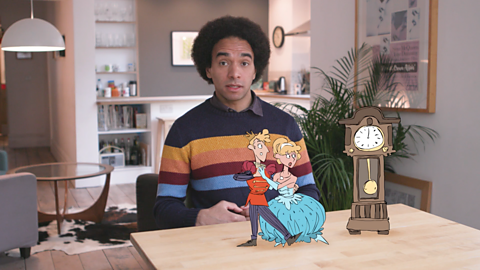
Poetry formats. video
Joseph Coelho explores haiku, limericks, sonnets and varying forms of poetry.
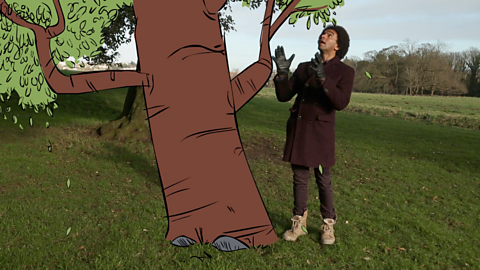
Making pictures with words. video
Joseph Coelho shows us how to utilise figurative and descriptive language to the best effect.
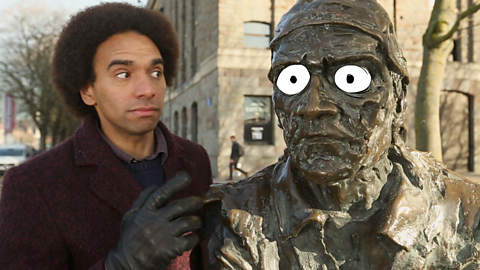
How are music and poetry connected? video
Joseph Coelho demonstrates how many of the elements that make up poems are often mirrored in music.
